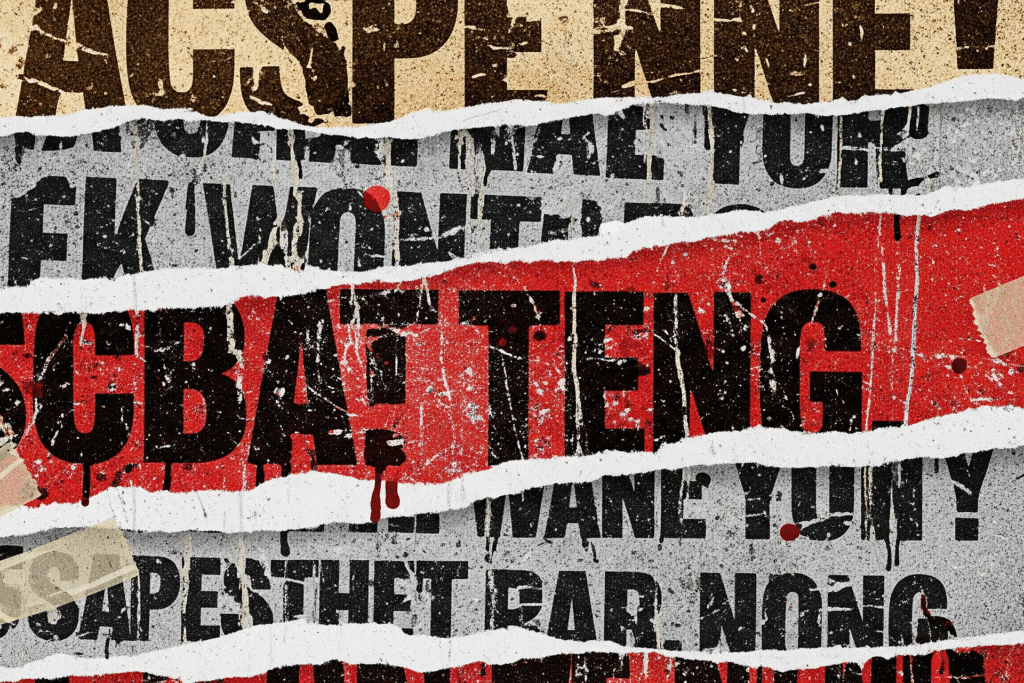A visual style from the 1990s underground music scene, blending punk rebellion with raw, analog textures and distressed aesthetics.
🧭 Origin
Grunge as a visual style grew out of the 1990s underground music scene — particularly in Seattle — blending punk rebellion with raw, analog textures. Visually, it echoes photocopied zines, distressed posters, and industrial decay, becoming iconic in album art and anti-aesthetic design.
💡 Inspirations
Rooted in DIY culture, grunge music, 80s punk flyers, rust, concrete, torn denim, and xerox textures. Influenced by anti-establishment attitudes, urban decay, and the aesthetics of imperfection.
🎨 Color Palette
Dirty neutrals, muted tones, and desaturated hues, sometimes clashed with loud accents (asphalt grey, rusted bronze, xerox white, blood red)
🖌️ Texture / Technique
Rough, distressed, grainy. Often features worn paper, torn edges, brush scratches, grunge overlays, photocopy patterns, dirty scans, and textures that feel analog and tactile. Typography may be eroded, stamped, or uneven.
🌀 Shapes & Forms
Jagged edges, overlapping type, torn layers, asymmetric layouts. Imagery may be fragmented, collaged, or blurred — embracing chaos and breakdown rather than structure.
🌙 Mood / Atmosphere
Gritty, raw, melancholic, rebellious. Feels underground, imperfect, and unpolished — often carrying emotional weight, disillusionment, or defiance.
🧩 Possible Applications
Perfect for music visuals, zine layouts, dystopian design, streetwear graphics, alternative branding, or projects needing a rough, underground edge.
🧠 Generative Potential
Use prompts like “grunge poster with torn textures and dirty photocopy overlays” or “90s underground flyer with distressed type and analog decay.” Best used for mood boards, music scenes, dystopian design, or raw, emotional campaigns.
💬 Prompt Example
“A grunge-inspired poster design with torn paper textures, dirty photocopy grain, bold distressed type, desaturated colors with blood-red accents, and a gritty underground punk mood.”
